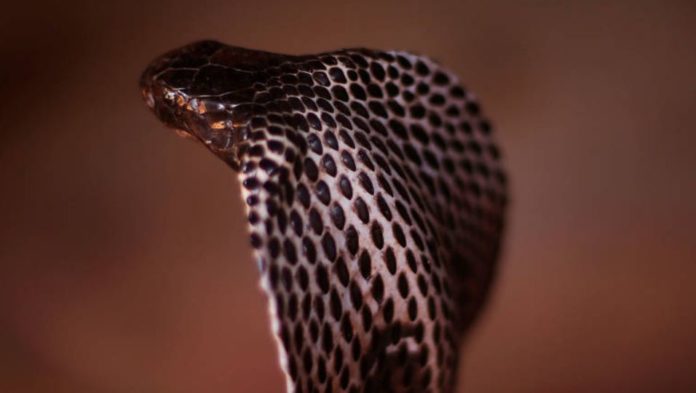Five million people worldwide are bitten by poisonous snakes, of which approximately 100,000 die
An international team of researchers has sequenced the genome of the Indian cobra, with the aim of achieving an effective and cheap antidote against its deadly sting.
The research team, led by Somasekar Seshagiri of the SciGenome Research Foundation of Bangalore (India), has managed to gather a high-quality genomic sequence of the Indian cobra, one of the most poisonous snakes on the planet.
Each year, approximately five million people worldwide are bitten by venomous snakes, of which approximately 400,000 people lose some limb and about 100,000 die.
Looking for the origin
In the current study, published in the scientific journal ‘ Nature Genetics ‘, Seshagiri and his colleagues employed a variety of long and short reading sequencing technologies to build a high-quality genome of the Indian cobra, a species of medically relevant snake due to its highly toxic nature. They also used chromosomal contact data and optical mapping.
In their research, they collected tissue from 14 different cobras, which they used to predict 31,447 transcripts and 23,248 protein-coding genes. They found 19 genes that were associated with the production of toxins in the venomous gland and verified the proteins that were produced because of those genes. At the same time, they compared their results with available data from prairie rattlesnakes, determining that 15 of the toxin genes they found were exclusive to the Indian cobra.
The current method to achieve an antidote is to inject a small amount of poison into a large animal, such as a horse, and extract the resulting antibodies that the animal generates. The problem with this approach is that it is expensive and with errors, something that can be solved with the discovery of Seshagiri and his team.
The solution, closer
According to the researchers, this finding could allow further research on the development of a synthetic recombinant poison for use in the creation of an antidote. “This high-quality genome allowed us to study various aspects of snake venom biology, such as venomous genomic organization, genetic variability, evolution and the expression of key venomous genes,” the researchers say, adding that the genome of the Indian cobra was a rich source for the development of more robust anti poisons in the future.
Only a few snake genomes have been published to date. However, once the genomes of higher quality snakes are completed, synthetic antibodies directed against the key poisons identified in such studies can be combined to produce effective broad-spectrum antitoxins.
